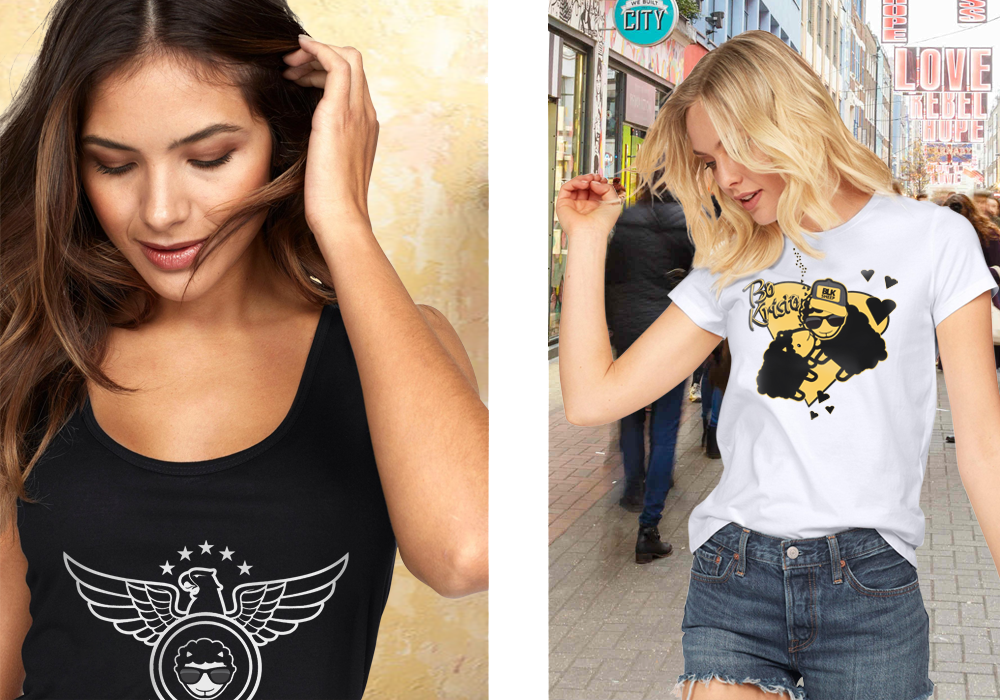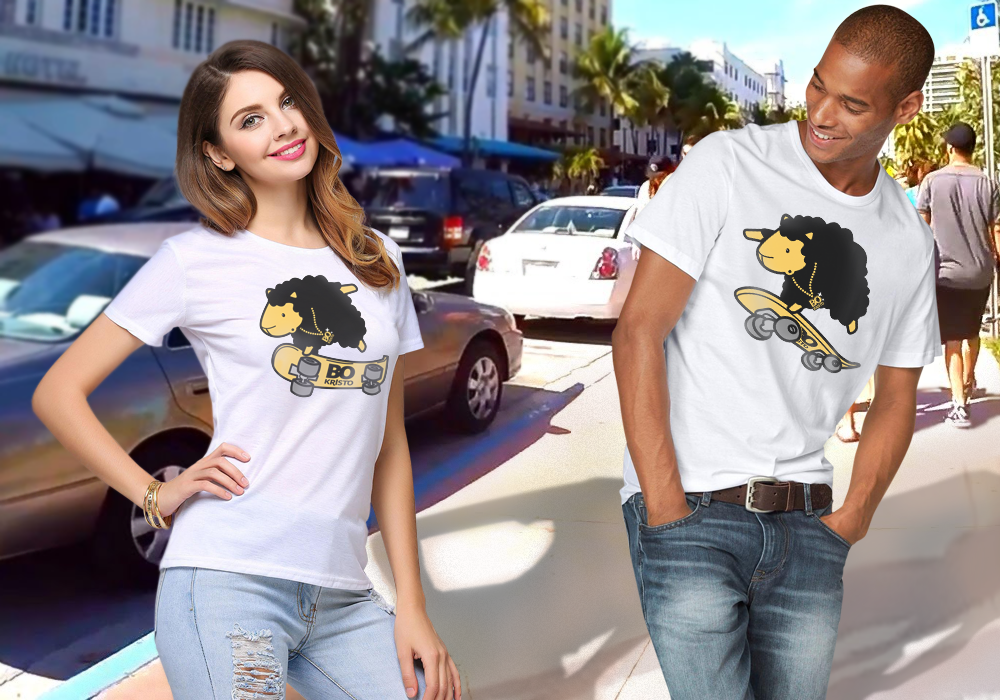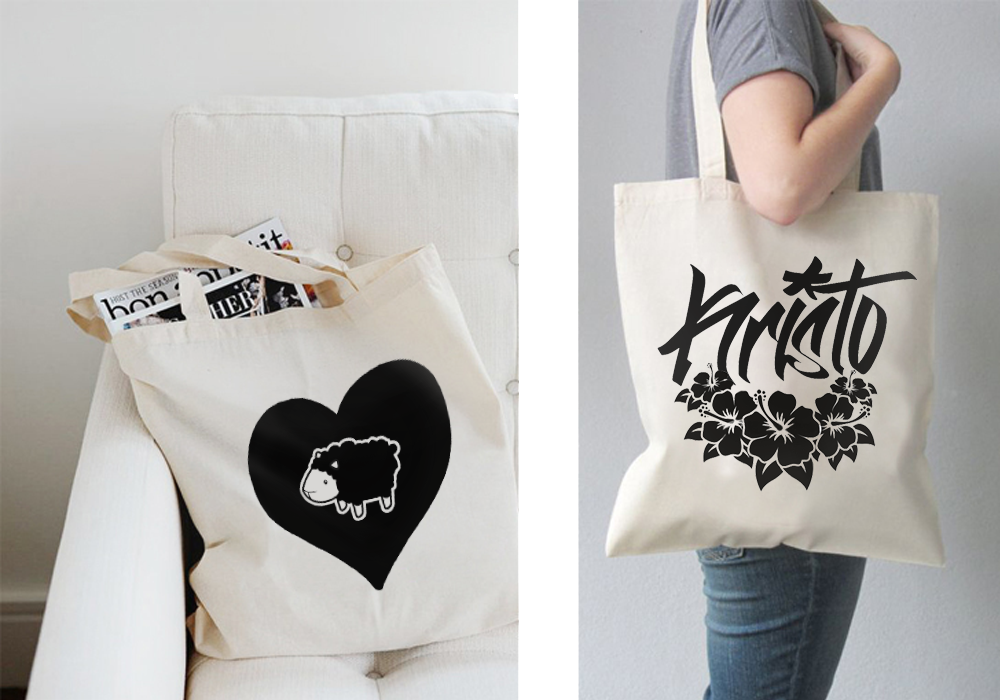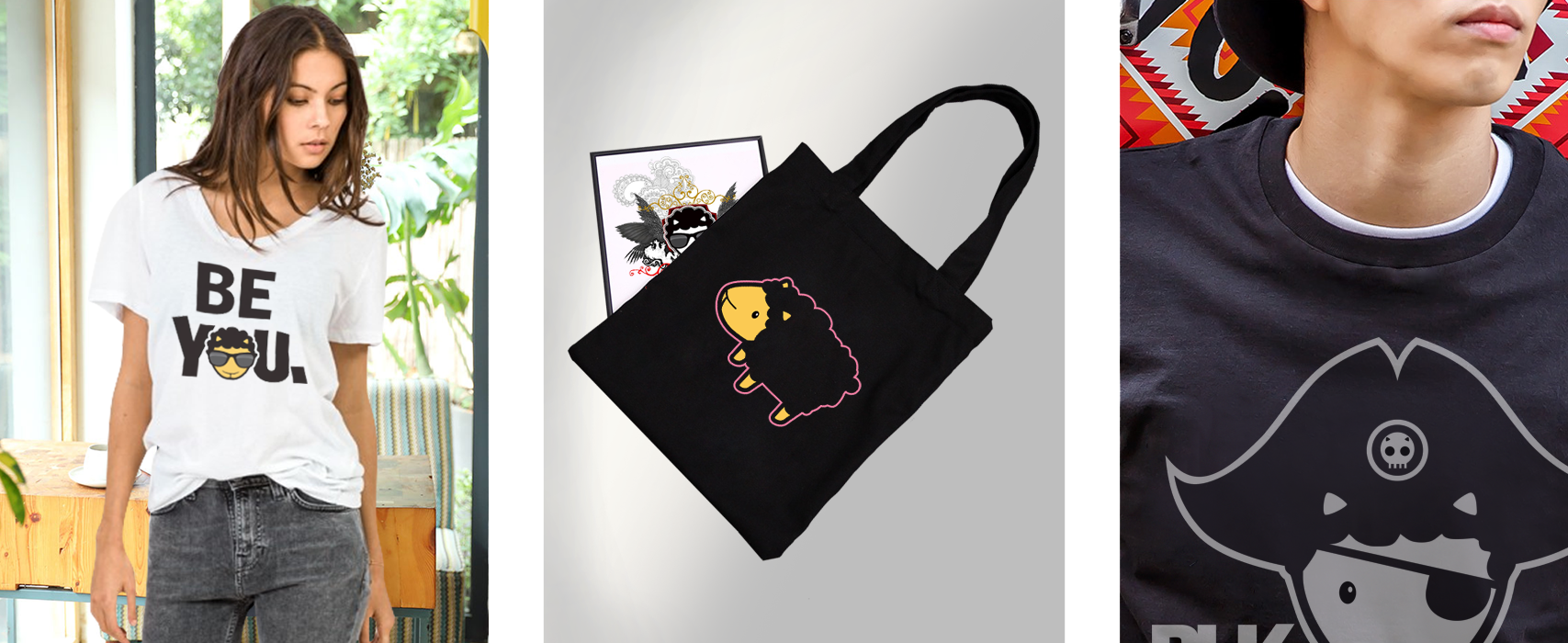General, Mens Clothing, Style, Urban Clothing, Women Clothing
Embracing All Bodies: The Rise of Inclusive & Adaptive Fashion Apparel
In today’s evolving fashion landscape, inclusivity and accessibility are no longer just buzzwords—they are necessary foundations of a truly modern and compassionate wardrobe. The rise of inclusive and adaptive fashion apparel reflects a cultural shift toward recognizing and celebrating the diverse bodies and identities that make up our world. From adaptive wear for people with disabilities to gender-neutral garments and extended size ranges, the industry is finally waking up to the importance of designing for everyone, not just a narrow ideal. Fashion is being reclaimed as a form of self-expression for all, not a privilege for the few.
One of the most powerful innovations in inclusive fashion is the development of adaptive clothing that doesn’t sacrifice style. These garments prioritize functionality—think magnetic closures, easy-access fastenings, and seated wear designs—while staying on-trend. For people living with physical disabilities, chronic illnesses, or limited mobility, adaptive fashion offers dignity, autonomy, and confidence. Brands that invest in these thoughtful designs are not just selling clothes—they’re championing a more equitable future. The conversation is shifting from “why accommodate?” to “why hasn’t this been the norm all along?”
Inclusivity also extends to embracing plus-size fashion and creating styles for all body types. No more oversized tents or boxy cuts; today’s size-inclusive collections focus on flattering silhouettes, quality fabrics, and elevated aesthetics tailored for real bodies. Influencers and designers are sharing style tips for different body shapes, offering empowering perspectives that emphasize feeling good over conforming to societal standards. When consumers see themselves represented in media and fashion campaigns, it not only boosts confidence but also promotes a healthier, more realistic relationship with their bodies.
Another major evolution is the rise of gender-neutral clothing, which breaks traditional norms and encourages people to dress in a way that aligns with their identity rather than societal expectations. Unisex fits, neutral palettes, and gender-fluid designs are empowering individuals to curate wardrobes that reflect their authentic selves. The blending of traditionally “masculine” and “feminine” elements is helping dismantle outdated binaries and making fashion a more welcoming space. As more brands adopt these practices, fashion is evolving into a powerful tool for self-expression, visibility, and inclusion.
#InclusiveFashion #AdaptiveWear #GenderNeutralStyle #BodyPositivity #SizeInclusiveFashion #DisabilityStyle #FashionForAll #DiversityInFashion #StyleWithoutLimits #AdaptiveClothing #FashionEquality






No Body Shaming Here.. Just Love And Cool Designs, I love This Brand!